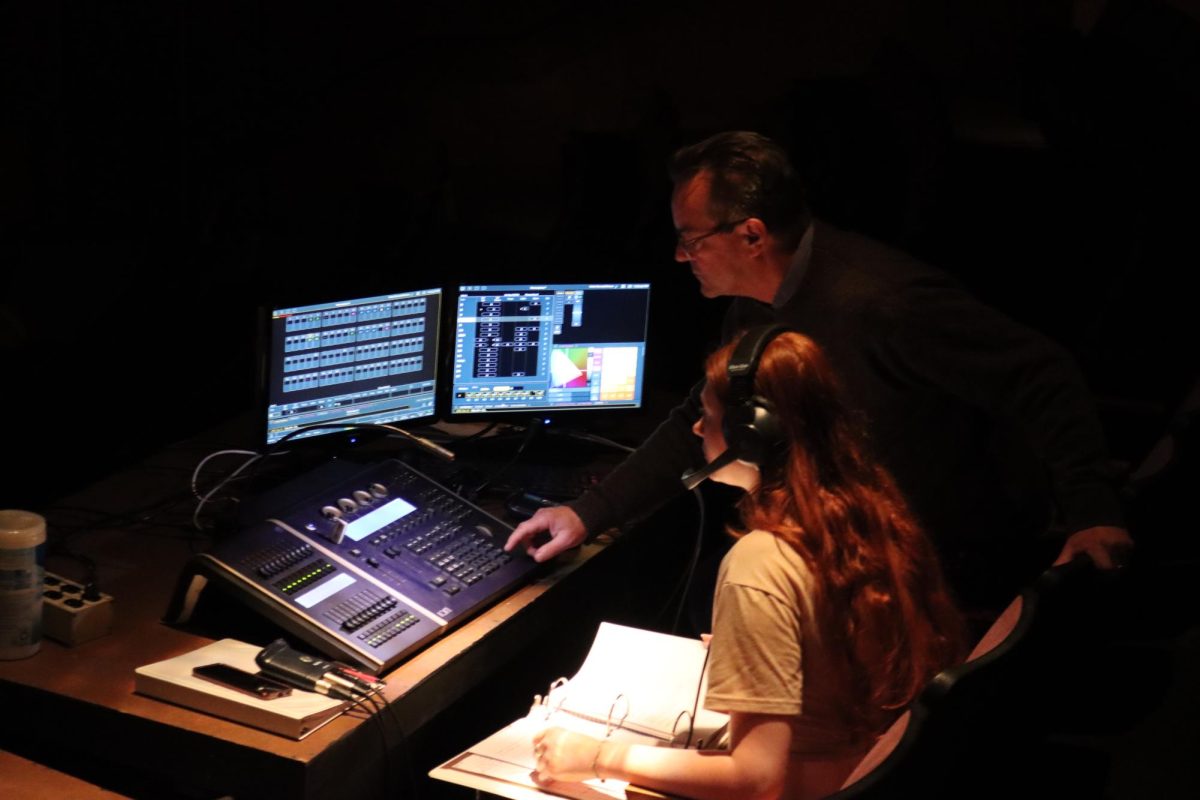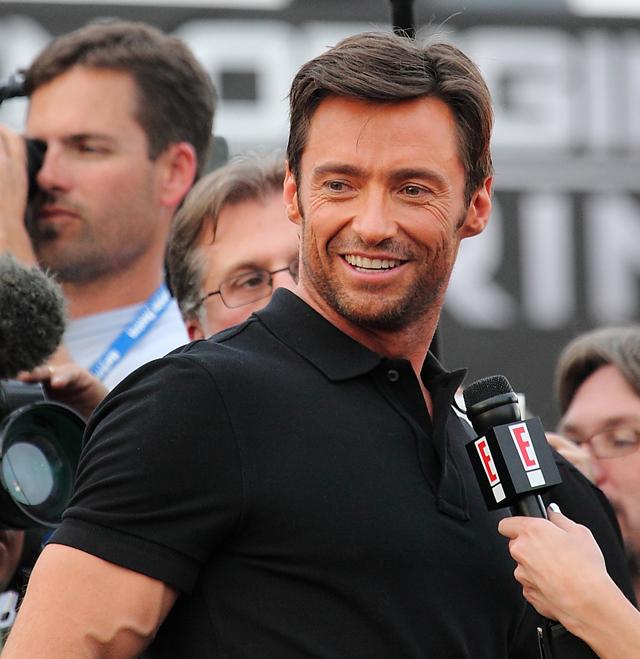
Girls all over the country with a case of ‘Bieber Fever’ will be pleased to know that there is a major motion picture documenting the 16 -year-old singing sensation’s life.
Justin Bieber has been famous for less than two years, and he already has a concert style documentary recording the whirlwind musical career that has projected him to what some have said is a level close to Beatlemania.
It’s true that the teenage musician has wowed audiences with his stage presence and smooth vocals, belting out love songs that would make any ten-year-old girl melt, but does this pop-culture phenomenon deserve a film yet?
In all seriousness, probably not. The new celebrity has yet to prove his staying power in genres other than teen seduction—considering he won’t be one himself for much longer—but his new documentary, “Never Say Never,” is about so much more than that.
Bieber was discovered in 2008 by his now-manager, who saw videos that the star had posted on YouTube of himself singing at home, in front of a theater and in various competitions.
After a paid trip to Atlanta and a quick meeting with music legends Usher Raymond and L.A. Reid, Bieber was signed to Island Def Jam records.
While touring at different radio stations and strip malls around the country, Bieber utilized the social media site Twitter to post the time and location of his concerts.
Crowds quickly grew from a couple excited girls to hundreds of screaming fans waiting to get a taste of the young star.
At the time, social media was rapidly becoming an influential force in gaining fame and popularity.
The film emphasizes how Bieber was the first to pioneer this underground route to stardom, with the opening scene of the film showcasing a number of viral videos- like the infamous sneezing baby panda- and floating seamlessly into the YouTube beginnings of the celebrity.
The film is creatively edited, flashing back and forth between the star’s upbringing, early home videos illustrating Bieber’s prodigal nature, film clips en route to stardom and most recently, his sold-out concerts.
The filmmakers arranged the tidbits in such a way that warmed the heart of the watcher—even if pre-teen pop may not be your musical preference.
Bieber is portrayed as being family-oriented, accompanied by his mother at most of his public engagements and referring to many of his staff as various family members—particularly his stylist, whom he affectionately refers to as his ‘big brother’.
At one point during the documentary, Bieber returns to the theater he used to sing in front of before being discovered and encourages the young violinist who now plays there to “never give up” on her dreams before offering up some money into her open instrument case.
While the prodigy appears to love his fans, shaking hands with the waiting masses outside, offering free tickets to others and becoming a little emotional when he was forced to postpone a concert due to a vocal cord infection, it is hard to tell how long he will be so welcoming.
Focusing on the incredibly fast rise of Bieber through social media was a good angle for the film to take, considering the budding pop-icon didn’t have much of a struggle to get to where he is now.
The youngster went from a comfortable, middle-class life to mega-stardom in about a year. While he definitely works hard, his story isn’t exactly one of life-long hassles.
One thing the film is not short on is celebrity cameos. Miley Cyrus, Sean Kingston, Usher, Jaden Smith, Ludacris, and even Snoop Dogg took part in the Bieber-fest.
While it’s not quite clear what Snoop Dogg has to do with anything, the rest of the stars perform with Bieber on stage, adding to the incredulity of his rapid climb up the pop charts.
The fact is that a film about the life and times of a 16-year-old over-night sensation is frivolous and prematurely stating that a new pop icon has been born. The film is, however, perfect for Bieber fans looking to get a little closer to their guilty pleasure.
The lightweight, heart-warming story is good to watch when you don’t want to think too much but walk out of the movie feeling satisfied with the money you have paid.
Even though the documentary is overall worth watching, one question will remain unanswered for probably all of time: Why was it shot in 3-D?












